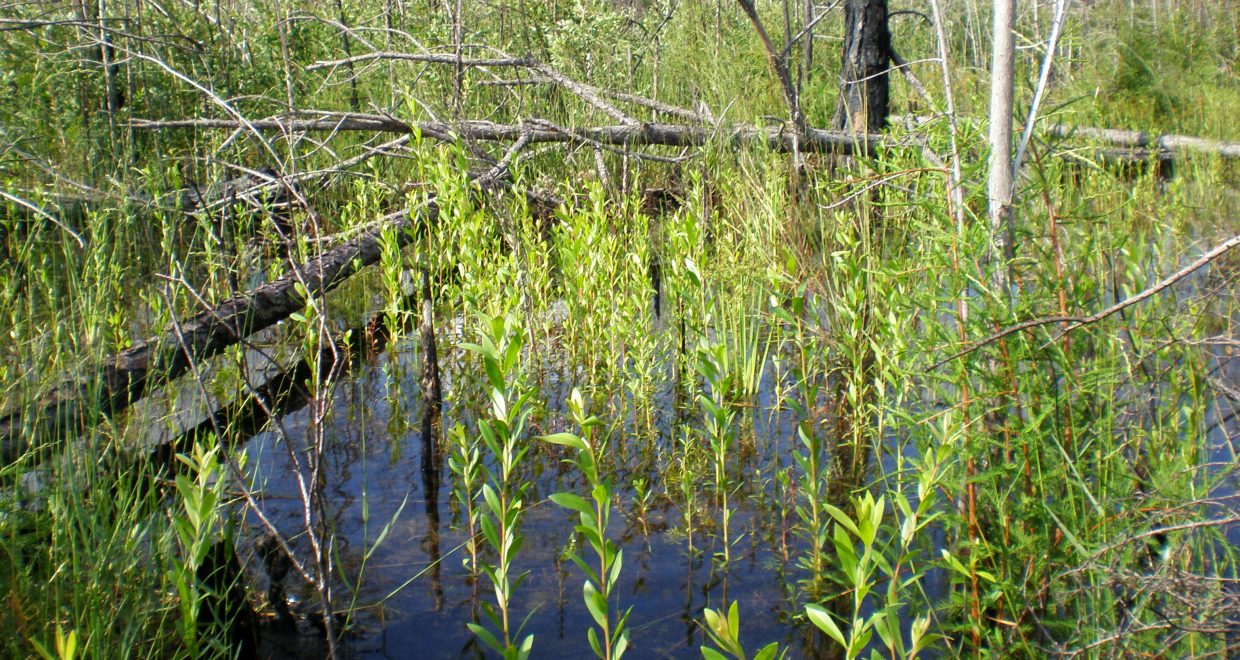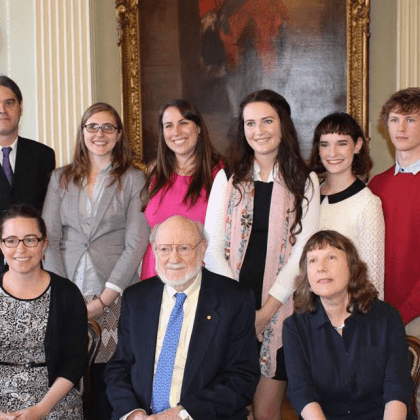Do Biological Controls Work Against Invasive Paperbark Trees?
Paperbark trees (Melaleuca quinquenervia) are a weedy invader that once dominated natural landscapes and fragile wetlands across southern Florida. One reason for their success: A single large tree can retain as many as 9 million viable seeds that are released in response to wildfires, herbicide applications and other disturbances.
A biological control program launched in 1997 has turned the tide, though, and has made it possible for native vegetation to return. A 13-year research study shows that the release of weevils, psyllids and galling flies have helped land managers regain the upper hand.

Since the program’s launch, there has been a reduction of more than 95 percent in the size of new paperbark populations emerging following wildfires. Biological controls have helped to reduce seedling and sapling density, slow their growth and inhibit surviving plants from achieving the capacity to reproduce for many years. One example: After a 1998 fire, paperbark tree density was reduced by 96.3 percent. By 2005, none of the remaining recruits had produced seed capsules.
The study’s findings bring new focus to invasive paperbark management. Researchers say biological controls can suppress new growth for a decade or more before any additional treatment is needed. As a result, land managers can prioritize removing large, reproductive trees instead of treating newly emerged populations.
Want to learn more? Read the article “The influence of two wildfires and biological control agents on the population dynamics of Melaleuca quinquenervia in a seasonally inundated wetland”, which appears in Invasive Plant Science and Management. and is available free for a month.





